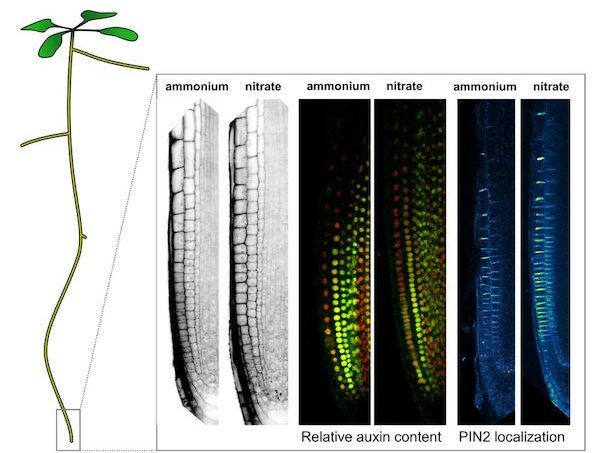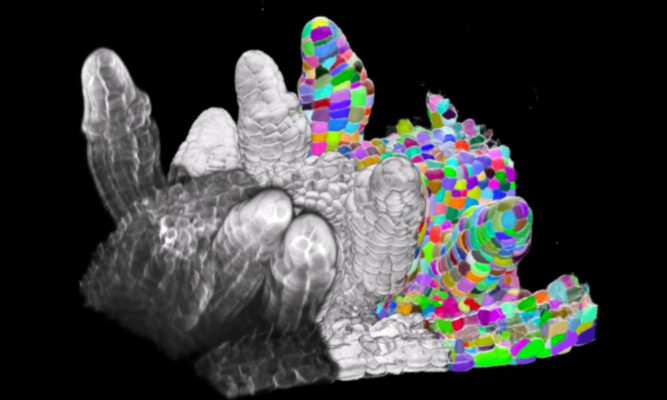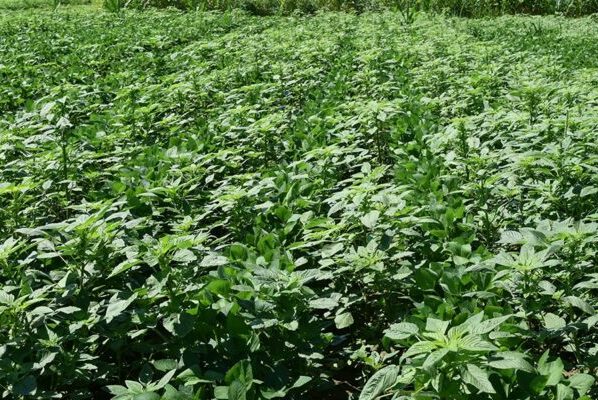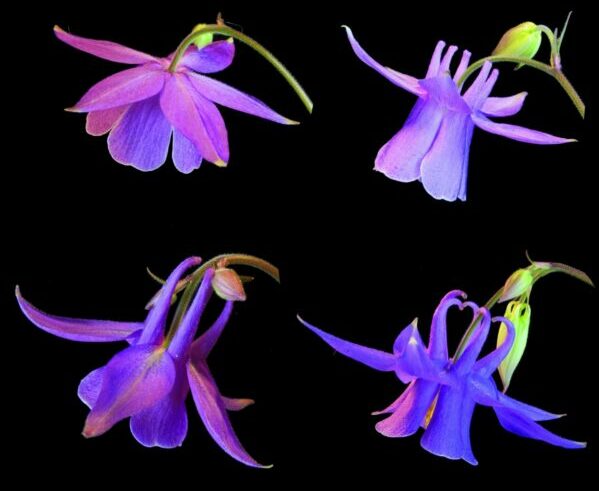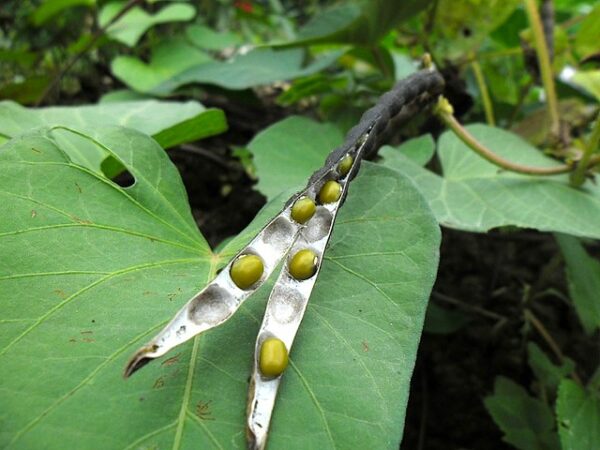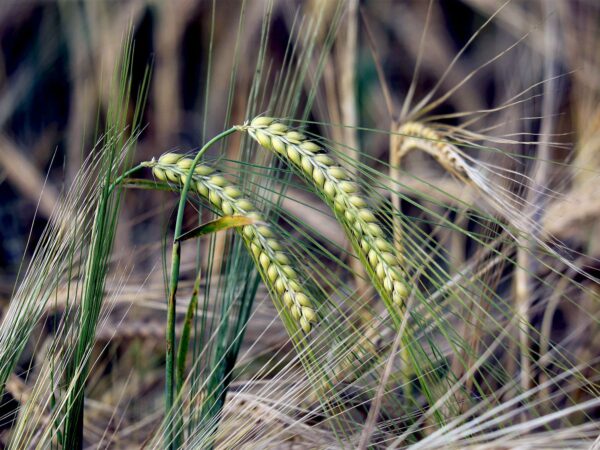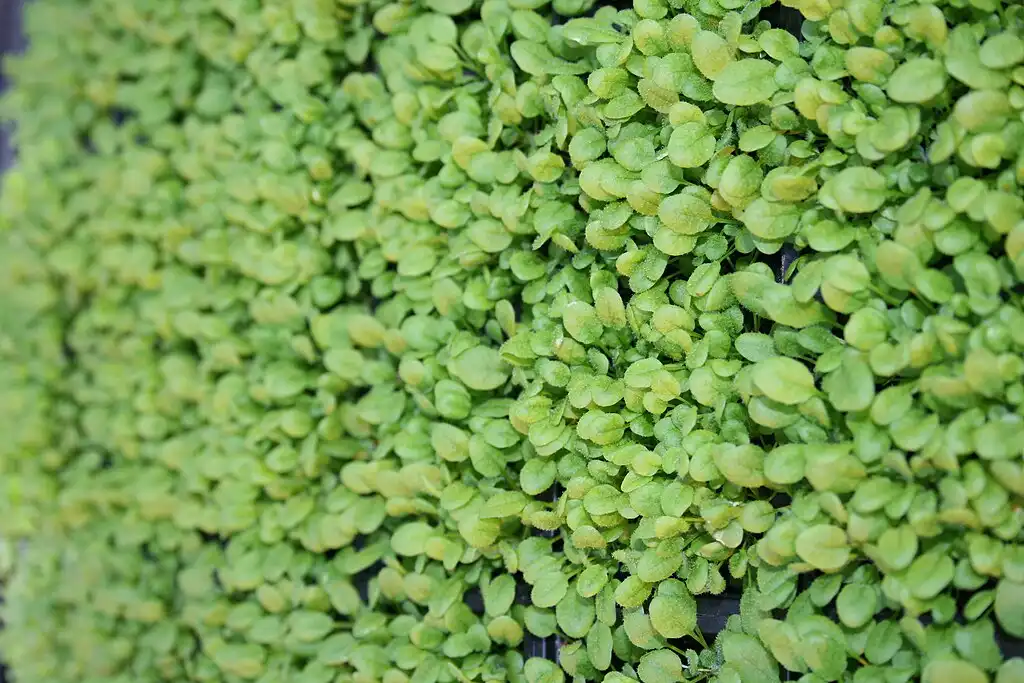
Researchers have uncovered how plants prevent viruses from being passed to their offspring through seeds. They identified an immune pathway, involving RNA interference, that blocks viral transmission. This discovery could improve crop health and may have broader applications, potentially reducing…
Read More




